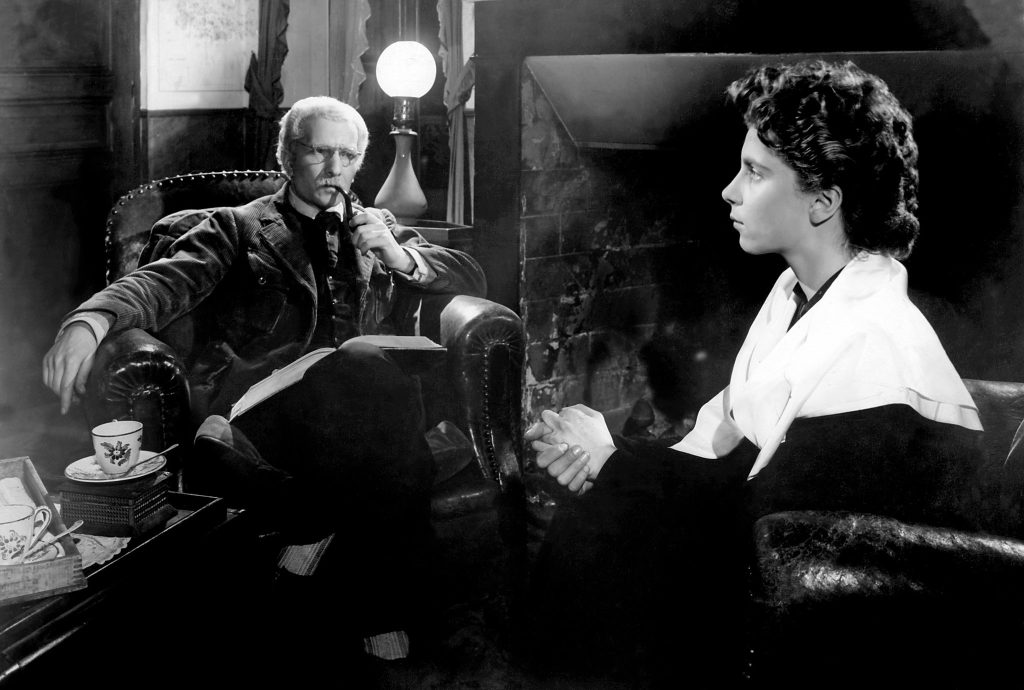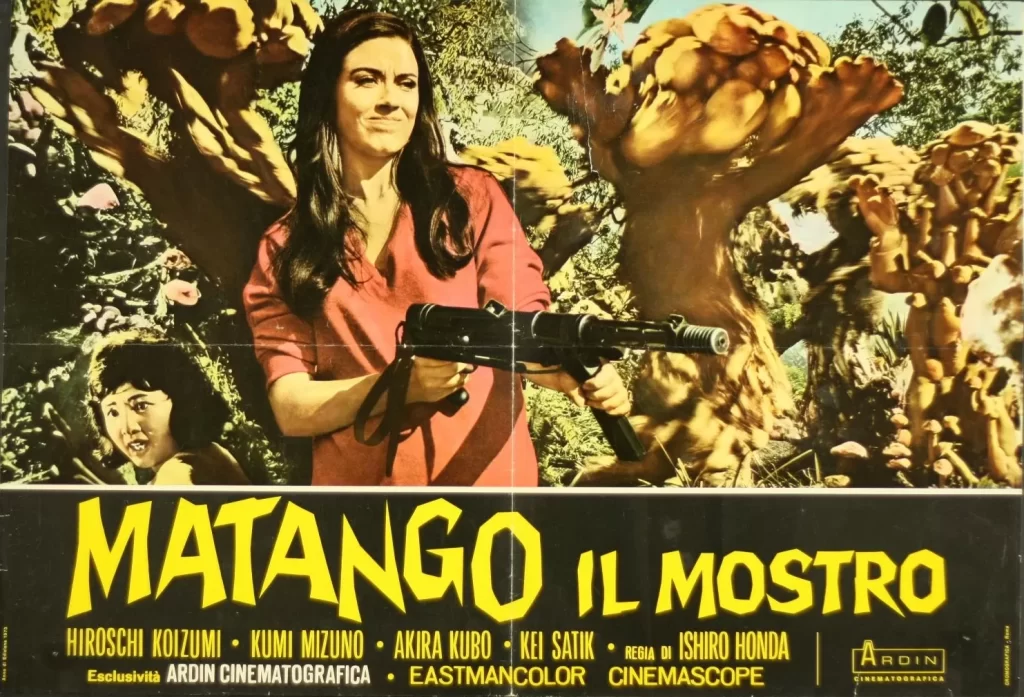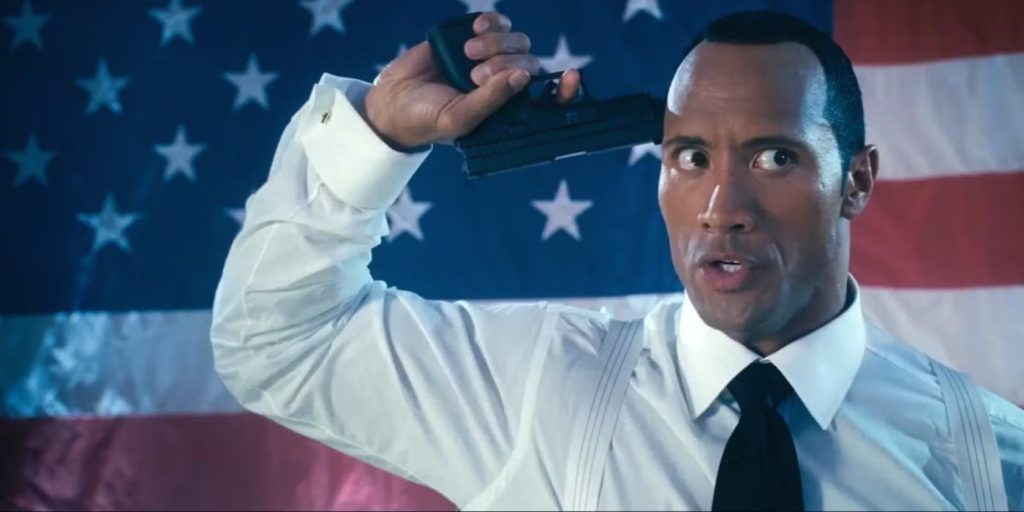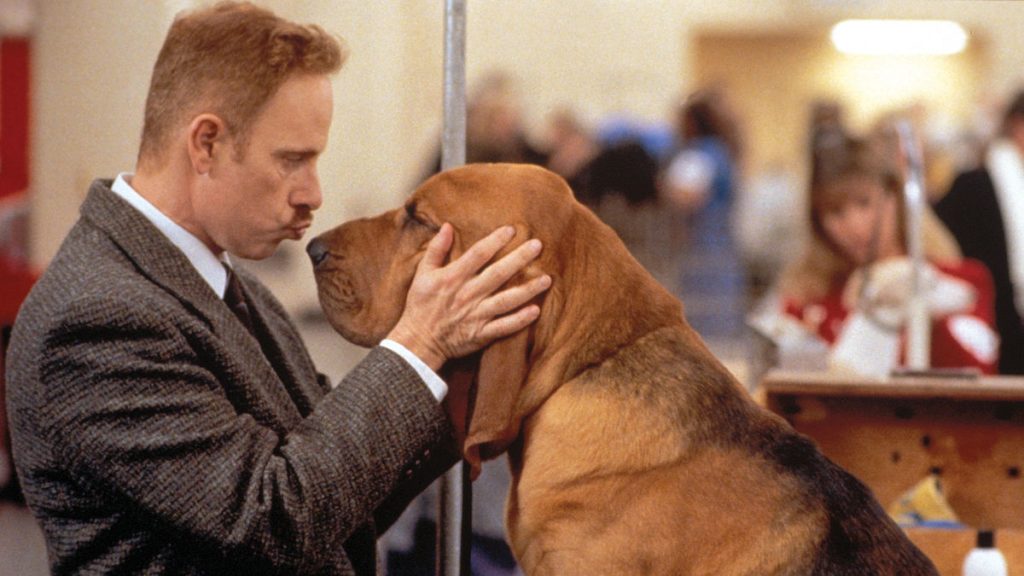It’s the same routine every night. The polite young man boarding with a white-haired gentleman and his niece joins them in the sitting room to warm himself by the fire and have a pleasant chat. The only wrinkle is the young man has to provide all the chatter because the other two refuse to speak to him or even acknowledge his presence. While that may seem like poor hospitality, it merely reflects the reality of the situation: We’re in Nazi-occupied France and the young man is one of the occupiers, a German officer whose love of French literature and culture fails to ingratiate him with his hosts as he hoped it would.
This is the basic premise of the novella Le Silence de la mer by French Resistance member Vercors, which was published in secret in 1942 and circulated clandestinely to give his countrymen an example to emulate. Five years later, aspiring filmmaker Jean-Pierre Melville (who was also in the Resistance and chose his nom de guerre after Herman Melville) decided to make it his first feature and shot it piecemeal over a year and a half. The changing of the seasons had something to do with this, since the story covers six months beginning in the winter of 1941, when Melville needed snow on the ground. Financing was also a factor as he could only raise enough funds to shoot for a day or two at a time, but eventually he had a completed picture that was released in April 1949 to great acclaim. It almost was not to be, though.
After cutting his teeth on an 18-minute short, 1946’s 24 Hours in the Life of a Clown, Melville approached Vercors about adapting Le Silence, but was turned down flat. Undeterred, he took a gamble on making the film anyway, arranging to show it to the author when it was finished. Evidently impressed by what he saw, Vercors retroactively gave his consent, although he may have also been flattered by how much of his prose Melville used for the narration, which appears throughout.

Minimalist nearly to the point of abstraction – both for budgetary as well as aesthetic reasons – the majority of Le Silence takes place in one room, where the unnamed uncle (convincingly played by thirty-something actor Jean-Marie Robain) puffs his pipe and his niece (Nicole Stéphane) knits while the soft-spoken Lt. Werner von Ebrennac (Howard Vernon) holds court. At first, he visits them while still in uniform, but after a month he switches to civilian clothes to put his hosts more at ease. He’s also unfailingly polite and cheerful, talking up his enthusiasm for the union of Germany and France while strongly hinting at a potential union between himself and the niece. (His recounting of the story of Beauty and the Beast, so memorably brought to the screen by Jean Cocteau the year before cameras rolled on Le Silence, leans strongly into that interpretation.)
As much of a romantic as Ebrennac is, his illusions are shattered when he visits Paris on leave and learns firsthand the plans the Nazi regime has for his beloved France. The flashback to his trip is the longest time spent away from the uncle’s house, and Melville and cinematographer Henri Decaë take pains to match their shots of Vernon sightseeing in uniform (which surely must have raised some eyebrows as the city had only been liberated a few years earlier) with stock footage of Paris during the war. Among those paying attention were the critics of Cahiers du Cinéma, who held Melville up as an example of how to work outside of the entrenched French film industry, and made a point of hiring Decaë when they took to the streets to start making their own features one decade later. (Among his credits: Louis Malle’s Elevator to the Gallows and The Lovers, Claude Chabrol’s Le Beau Serge and Les Cousins, and François Truffaut’s The 400 Blows.)
As for Melville, Jean-Luc Godard paid homage by casting him as a famous writer in Breathless, but his real home was behind the camera. There he augmented the slick crime dramas on which he built his reputation (and his own studio) with psychologically grounded wartime films like 1961’s Leon Morin, Priest (starring Breathless’s Jean-Paul Belmondo) and 1969’s Army of Shadows, his definitive word on the subject. Like Le Silence, they showed what life was like on the home front and the lengths some were willing to go to make sure the Germans knew how unwelcome they were. Tellingly, the only time Melville shows the room Ebrennac calls home for six months is the moment he’s vacating it, taking a final look in the mirror before leaving. It’s a gesture that would recur in many of Melville’s subsequent films, because no one ever knows when they’ll be walking out a door for the last time.
“Le Silence de la mer” is streaming on the Criterion Channel in its full Criterion Edition.



